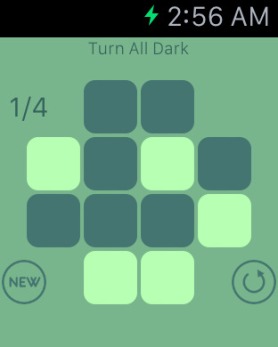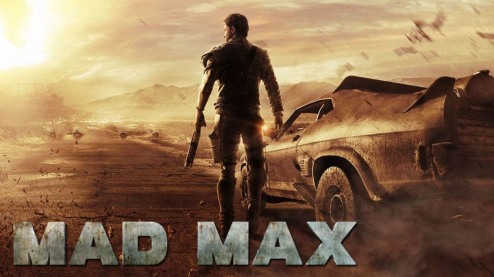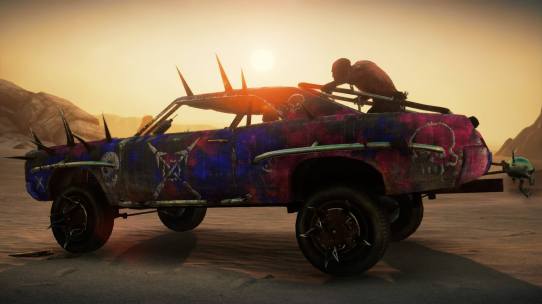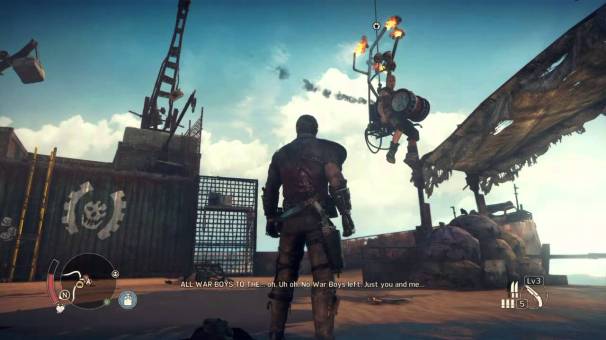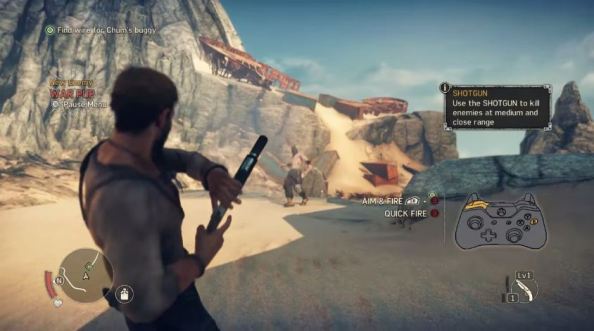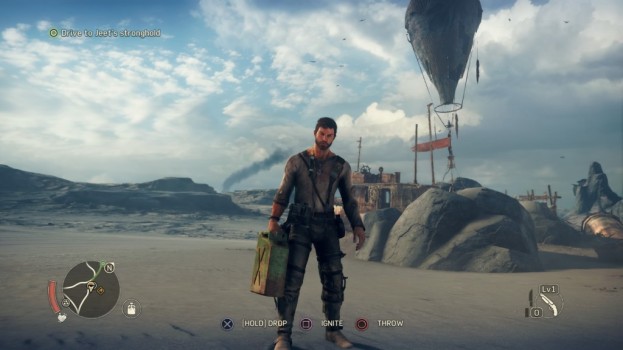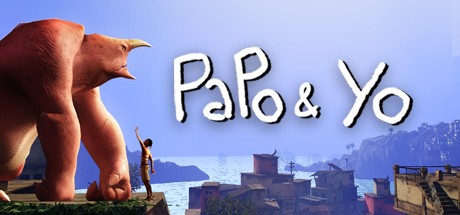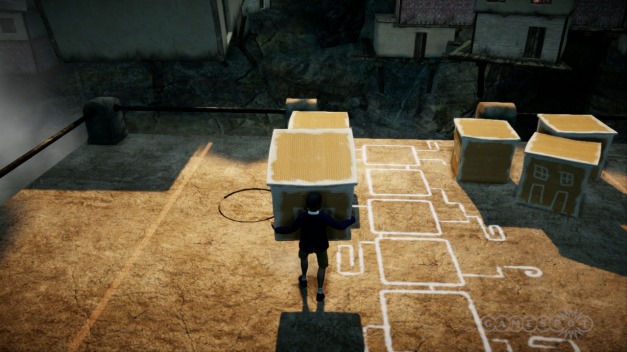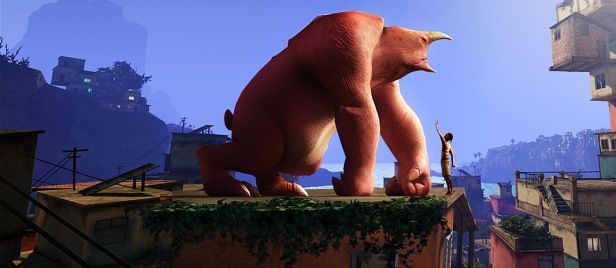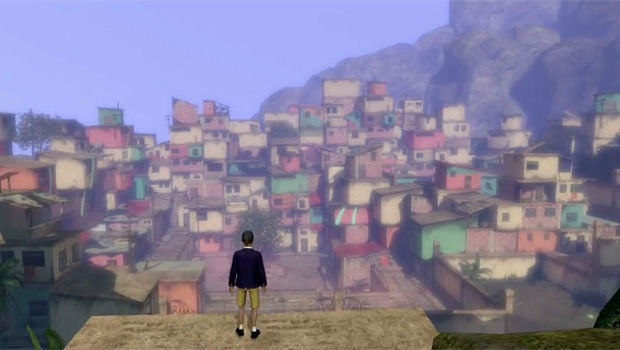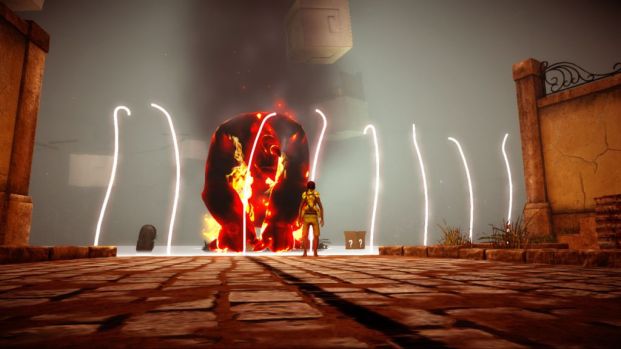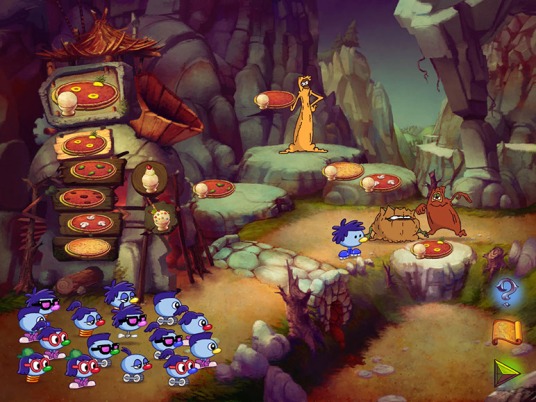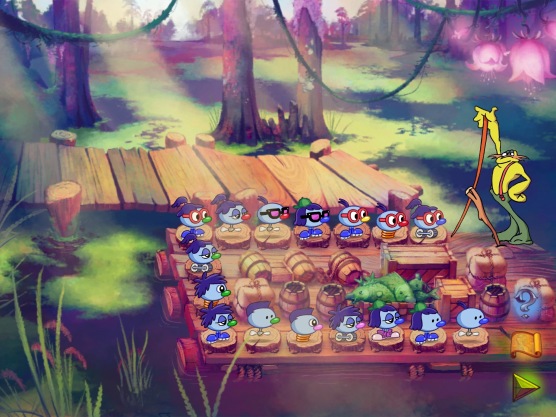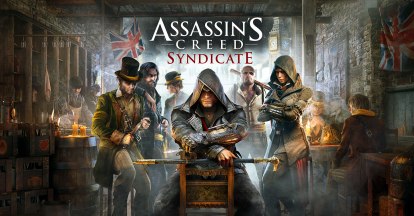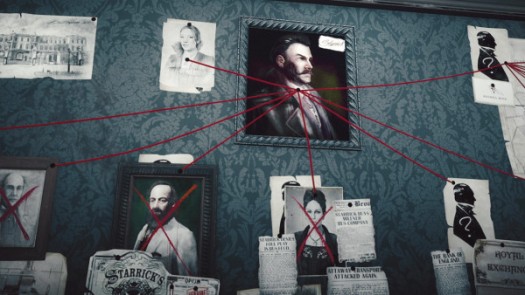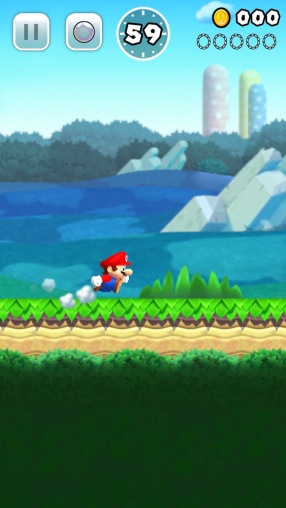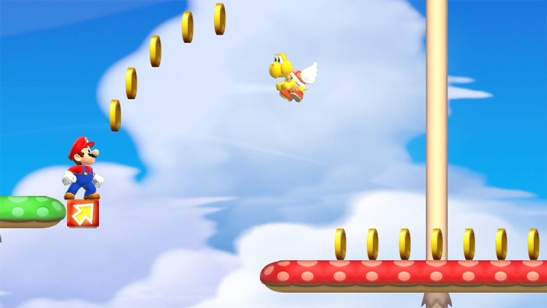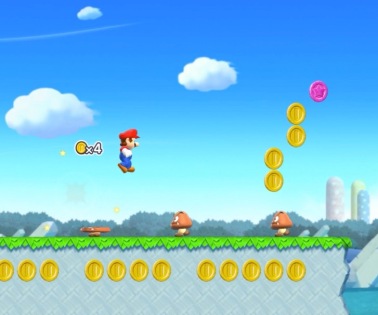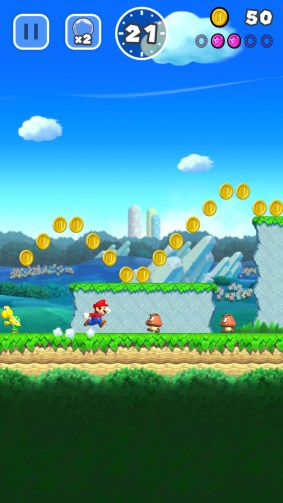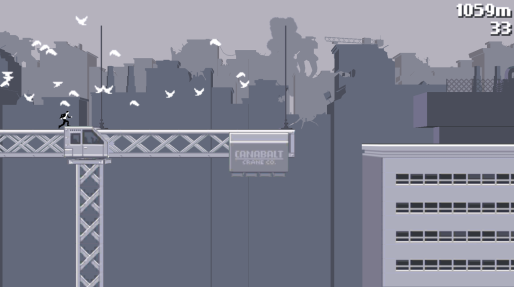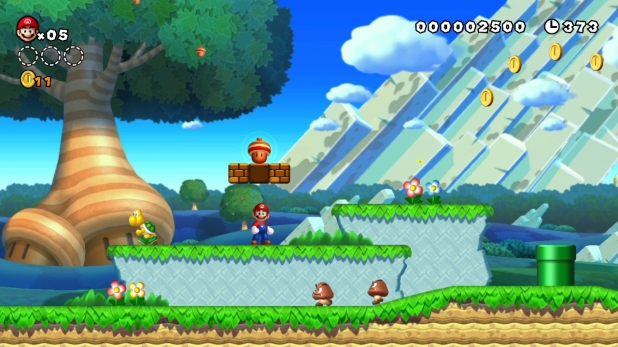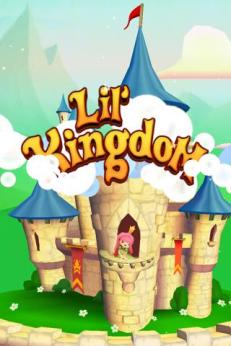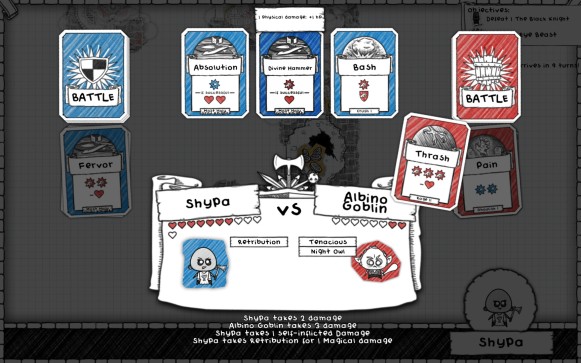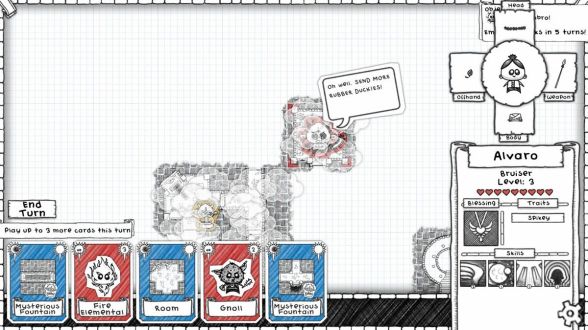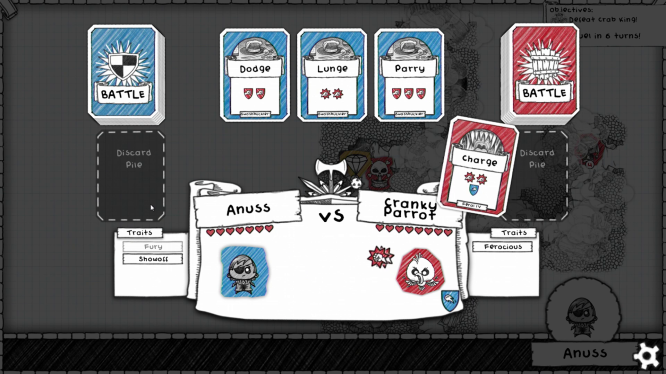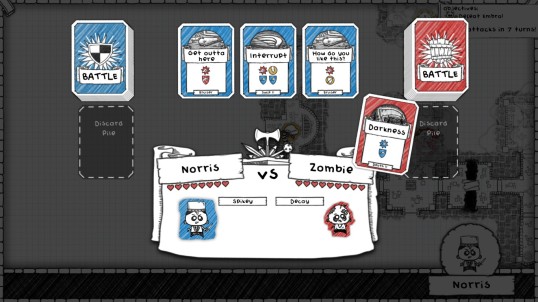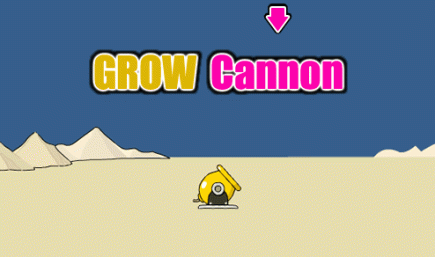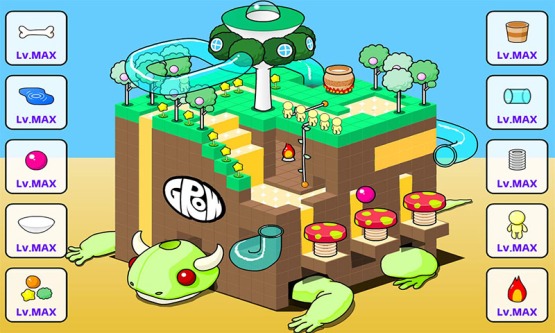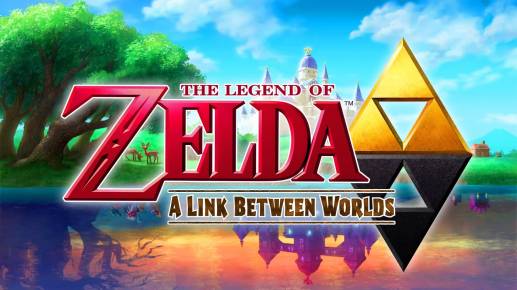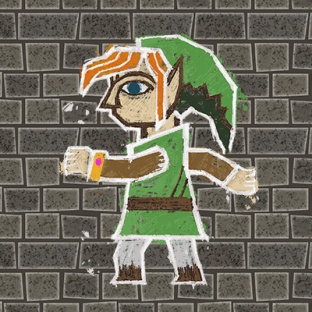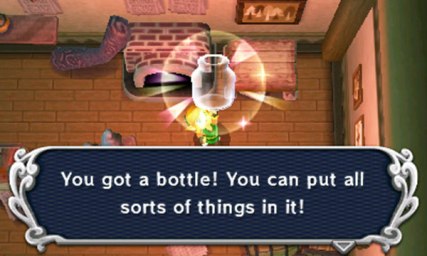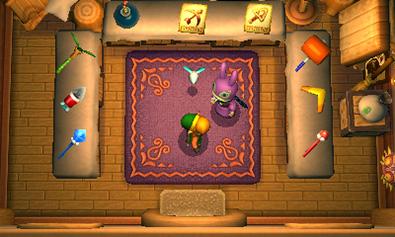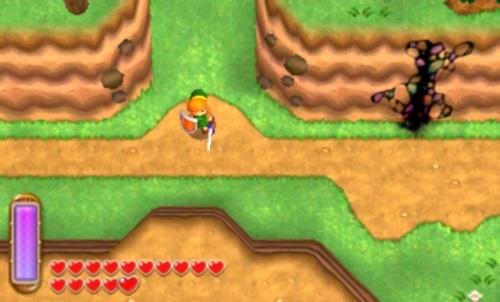
The world is a cold unfeeling dark place. Good people die young, people hurt and mistreat one another, and sometimes the bad guys win. It sucks, and sometimes it can be totally overwhelming how much it sucks. And then there’s Pokemon Sun and Pokemon Moon, two 3DS games released by Nintendo last fall, just when things were really looking bleak. These games contain the Alola region, a Hawaiian style world where optimism and joy are in abundance and the world is generally amazing for everyone and also people catch like five varieties of cute dog Pokemon.
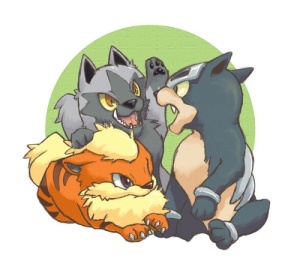
So that’s pretty great
But is it worth escaping reality to catch Pokemon for the (if you only count the main games) 10th time (assuming you only played one game per generation), or should you sit this one out and draw flowers in the margins of your notebook instead?
AN OPTIMISTIC WORLD
The world of Pokemon Sun is a distinctly utopian place. Much more so than previous games. Every aspect of the game world has had the sharp edges taken off of it. Where as in previous games you were challenged by biker gangs, ninjas, and thieves in this game your primary trainer opponents are children and well-adjusted tourists.
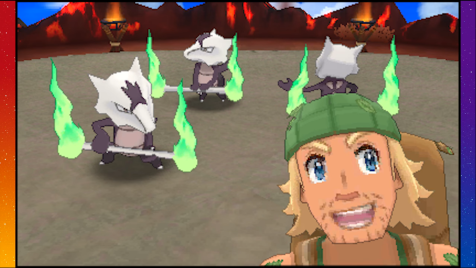
…who take selfies.
This extends to your rival as well. In pervious games your rival is sometimes a criminal and a thief but at the very least they’re a jerk. Here your “rival” is a nice guy who sometimes misses important stuff because he’s hungry and even does you the courtesy of picking a starting Pokemon that is weak to the one you chose (making this the first ever game where that happens).
Even the game’s main villains are treated as a joke. Team Skull is never a real threat to you. They’re pretty much never taken seriously by anyone else in the game. They’re downright endearing for trying so hard and being so bad at being a villain.

The facial expressions of the two in the back don’t exactly inspire fear.
Compare that to Team Rocket in the first games, taking over an entire town, massive conspiracy plans, and infiltrating and running a Pokemon gym. Compared to them Team Skull is a pushover.
The general optimism of the game isn’t immersion breaking though. You won’t roll your eyes and say “this is stupid” or “this is ridiculous”. That’s one of the greatest strengths of Pokemon Sun, this place really just feels like a happy place. Nothing more or less than that.
WHAT ELSE IS DIFFERENT
This game is more different from any other main series Pokemon game than any other. It’s the biggest departure for the main franchise ever. So much has changed. Some for the better, some without impact, and some for the worse.
One change that I love is the removal of HM-Moves. These were special moves that Pokemon could learn and use outside of battle. Things like “cut” to cut down trees in your path or “surf” to swim on the water or “fly” to quickly travel to major cities. The problem was at their peak there were around 6 HM moves in a game. That meant that if you wanted to travel unhindered you needed at least one-and-a-half Pokemon (usually more because of move types) to know sub-par moves. You could never walk around with a full party of 6 optimized Pokemon. At best you could have four optimized Pokemon. It sucked and it was annoying. But now you get a ride-pager with a select few HM-specific Pokemon built in. So you don’t have “HM Slave” Pokemon in your party all the time. Finally!
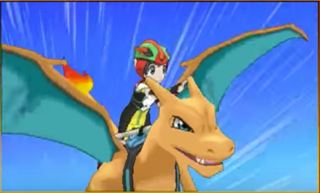
A change that I’m neutral on is the shift from gym-battles to island challenges. In previous games you would fight a type-specific gym leader in each major town and collect a badge. In Pokemon Sun you face an island challenge against a totem Pokemon in each area. The challenges themselves are quite varied. Some you have to collect ingredients to lure the totem Pokemon, some you have to do photography challenges, and some you have to clear Pokemon out of an area. I wouldn’t go so far as to say it’s definitely better than gym leaders, but I do think it’s a good thing for Nintendo to play with. I hope they try new things in subsequent games as well.
And finally one change I don’t like. This game holds your hand in each area much more than previous games. It’s a bit much, the game literally drops a a pin on the map to tell you exactly where to go next. Then the (annoying) talking Pokedex tells you where to go and what to do. I’m reminded of previous games where doors were blocked when you’d get to a new down and you’d have to find secret entrances in the backs of gambling parlors or give guards water to open pathways or play music for sleeping Pokemon. Sadly in this game there’s nothing to intuit on the main path. It feels like a missed opportunity.
SHOULD YOU POKEMON?
I think you should. I think this is a great game. I’ve been playing for weeks whenever I have free time. The game is a wonderful escape from the difficulties of normal life. It’s a beautiful island paradise and you should check it out.



